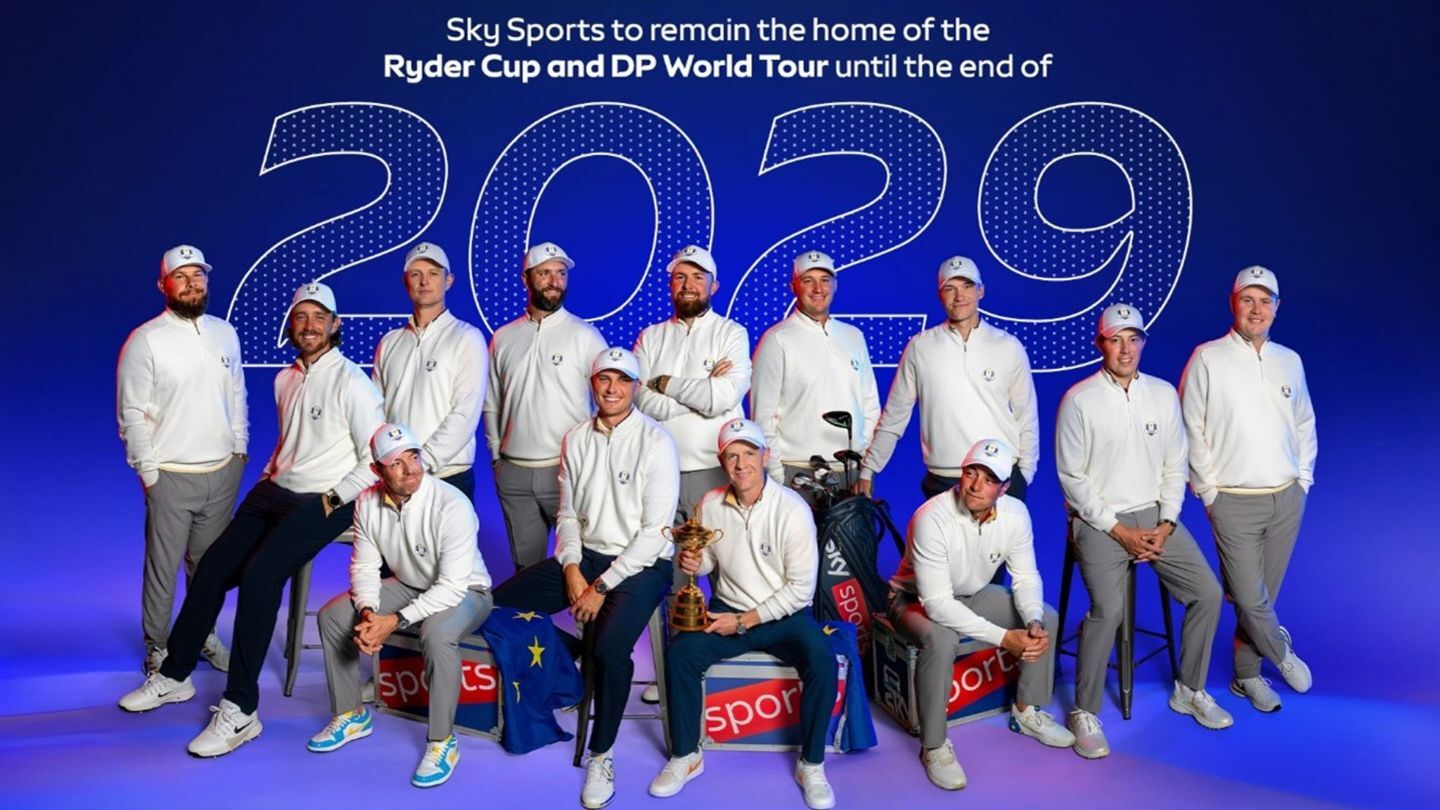ChyronHego’s Tracab team in Sweden has demonstrated powerful new capabilities in Tracab OCT (Offside Calling Technology) to FIFA, as the sports organisation moves towards using semi-automated offside technology at the 2022 World Cup.
During a recent video conference hosted by ChyronHego and attended by FIFA and its Working Group for Innovation Excellence, the Tracab team showed how its AI-driven ball tracking for automated ball pass detection, combined with limb tracking and skeletal modelling derived from video feeds, could support referees to make fast and accurate offside decisions.

FIFA has made semi-automated offside technology a priority as it continues to develop Video Assistant Referee (VAR) capabilities at all levels of football. With this technology, FIFA aims to enhance VAR systems with expanded and more accurate information to assist referees’ decision-making and make the offside review process as efficient as possible. Tracab OCT is one of a handful of advanced technologies being assessed by the international football organisations that make up the Working Group.
“Tracab Gen5 has a well-deserved reputation as the world’s most accurate system for on-field player and ball tracking, relied upon by major football organisations in many countries for both media applications and performance analysis of teams and players. Now an enhanced version of this technology is being used to tackle offside calling, a notoriously challenging decision for football referees and one which can sometimes slow down gameplay during VAR reviews,” explained Ian Wray, ChyronHego’s global sports director for Tracab. “The aim of Tracab’s semi-automated offside technology is to support referees in making offside situation decisions accurately, confidently and as quickly as possible, removing interruptions in the flow of the game and improving the overall fan experience.”
The tracking technology in Tracab OCT addresses two key aspects of semi-automated offside calling: the exact moment of a critical ball pass and the precise location of involved players and their limbs relative to the goal line. Tracab applies deep convolutional neural network algorithms to identify players’ key body parts, such as heads, shoulders, arms, hips, knees, heels and toes, to enable the creation of three-dimensional skeletal movements of players. The resulting multidimensional data, accurate enough even to define the position of the tip of a striker’s foot, can be fed automatically into VAR operations to inform referees’ real-time decisions on offside calls. FIFA wants the final decision to remain with the referee, with technology merely providing officials with the best support available.
To help show this as clearly as possible, Tracab OCT plugs into its visualisation tool, Virtual Football, which renders a virtual offside line accurately on top of the video, based upon the positional data provided by the tracking system.
“Two of the key building blocks of the system, Tracab Gen5 and Virtual Football, have already achieved certification for their accuracy under the respective FIFA Quality Programmes, and this provides added confidence in the video evidence that Tracab OCT will present to referees to help in their offside decision-making,” said Wray. He hopes to work with FIFA and the Working Group over the coming months to help refine, evolve and improve the technology further.
In other news, the ChyronHego Academy training programme is rolling out a certification course for Paint sports telestration, which is free for operators during the Covid-19 crisis.
“Telestration traditionally has been considered a specialised and complex tool that only a limited pool of specialists can use successfully,” said Carol Bettencourt, ChyronHego’s director of product marketing, who maintains that Paint is “easy to learn and use” and “takes the mystery out of telestration.
Paint is optimised for remote access and control, with a customisable HTML5-based interface that can be used anywhere (via laptop, web browser or touch screen).
The Academy’s self-paced online curriculum for Paint uses a trial version of the software and allows users to build up a portfolio of professional-grade content, as well as earn certification.
ChyronHego has also announced a partnership with Stats Perform to simplify delivery of rich data-driven graphics in stadiums and arenas. It will see the integration of ChyronHego’s Click Effects Prime graphics with advanced data from Stats Perform to give leagues and teams a powerful tool for boosting fan engagement.
You are not signed in
Only registered users can comment on this article.

ITV Sport Production to produce World Snooker Tour coverage for 5
ITV Sport Production has been selected by UK broadcaster 5 to produce coverage of World Snooker Tour (WST) events, beginning with the Players Championship and Tour Championship in early 2026.

Luma AI to launch London office headed by Jason Day
US artificial intelligence firm Luma AI, known for its flagship generative video and imaging product Dream Machine, has unveiled plans to open its first international office in London.

HBO Max set for March launch in UK and Ireland
HBO Max has confirmed it is set to launch in the UK and Ireland in March 2026

Netflix to acquire WBD for $83bn
Netflix has agreed to acquire Warner Bros. Discovery (WBD) for $82.7bn (equity value of $72bn), including its film and television studios, HBO Max and HBO.

Macquarie to sell Arqiva stake for £16.5m
Macquarie Asset Management has agreed to the sale of its 26.5% stake in broadcast infrastructure firm Arqiva for £16.5m.



